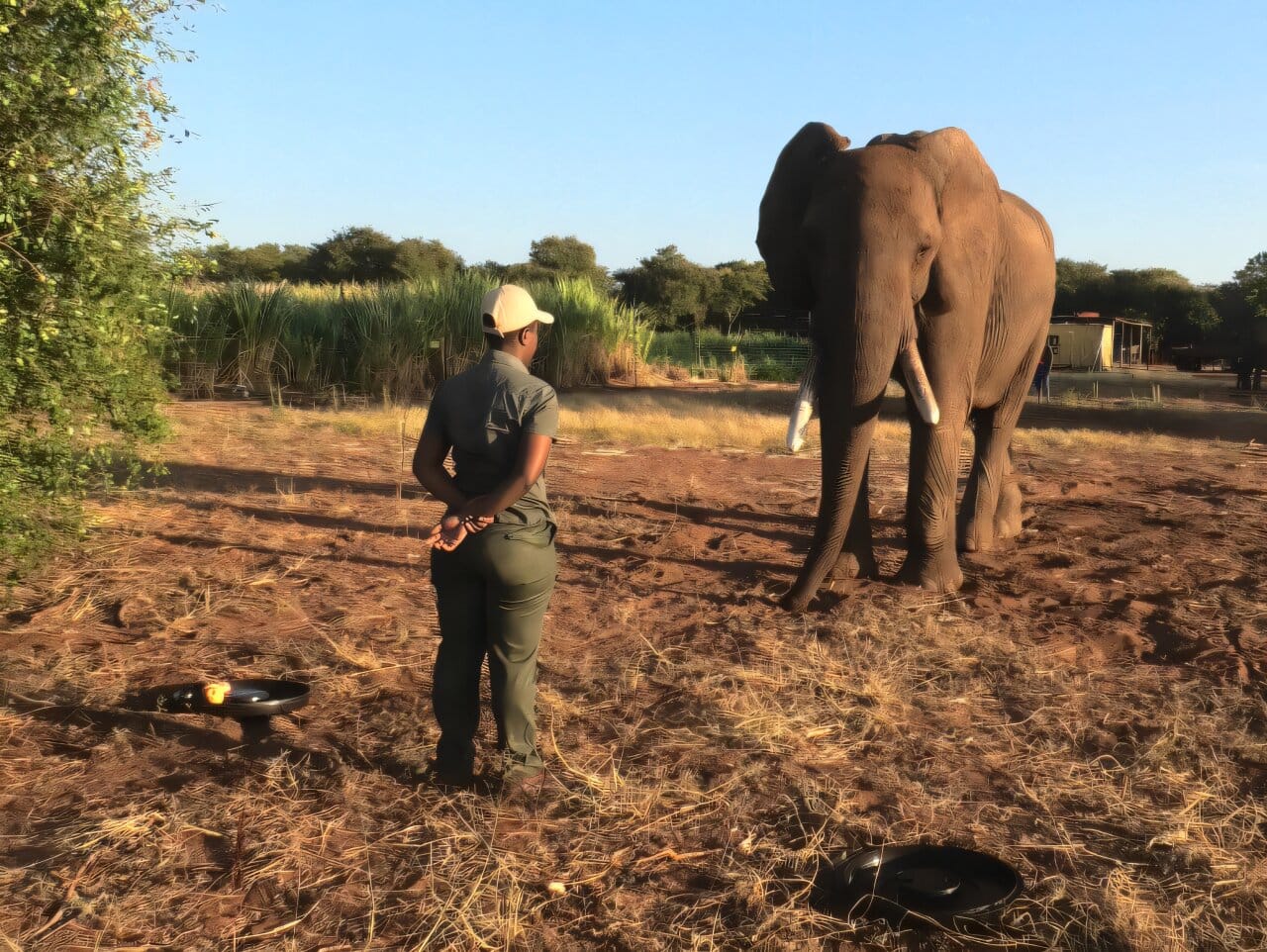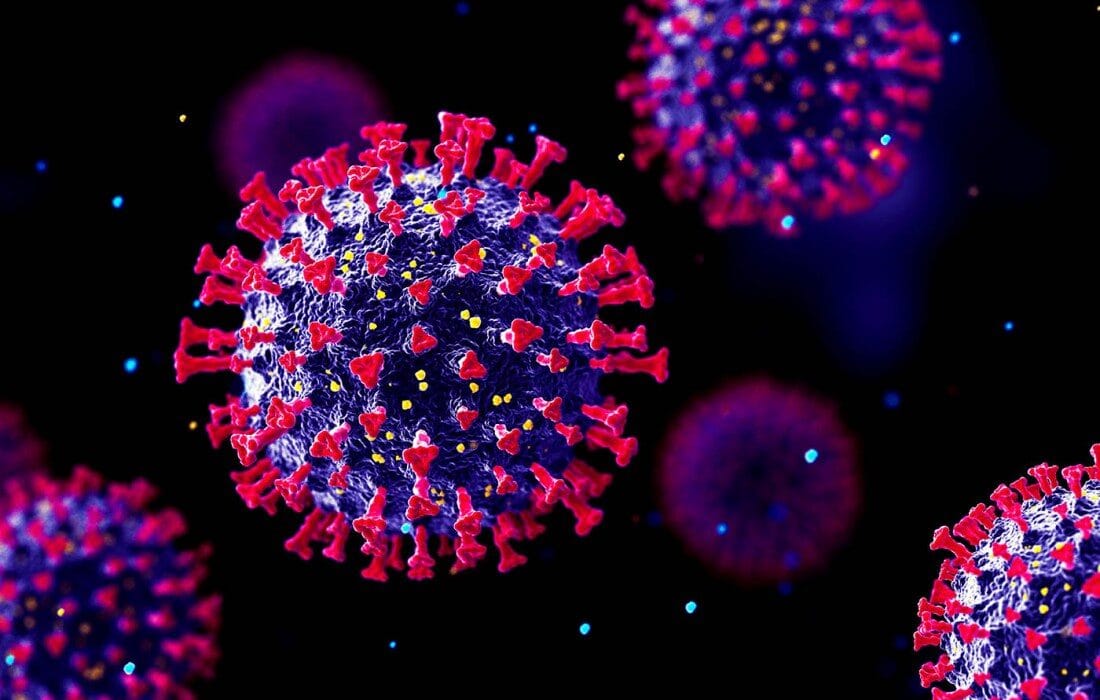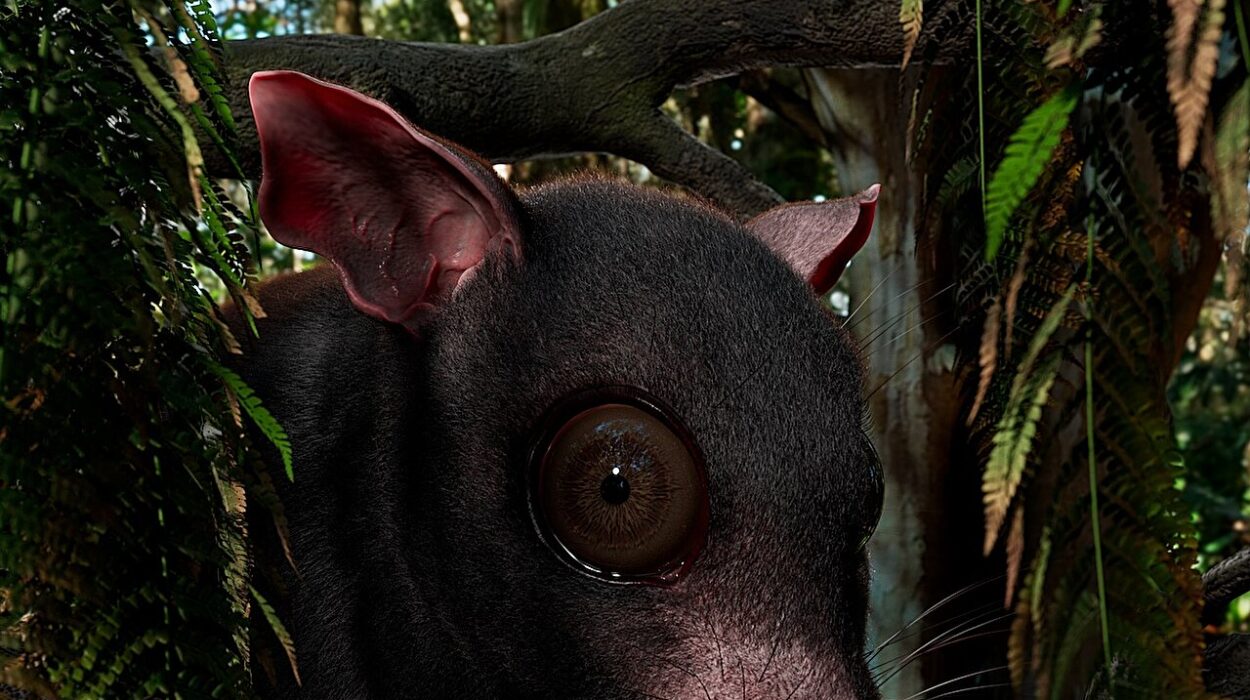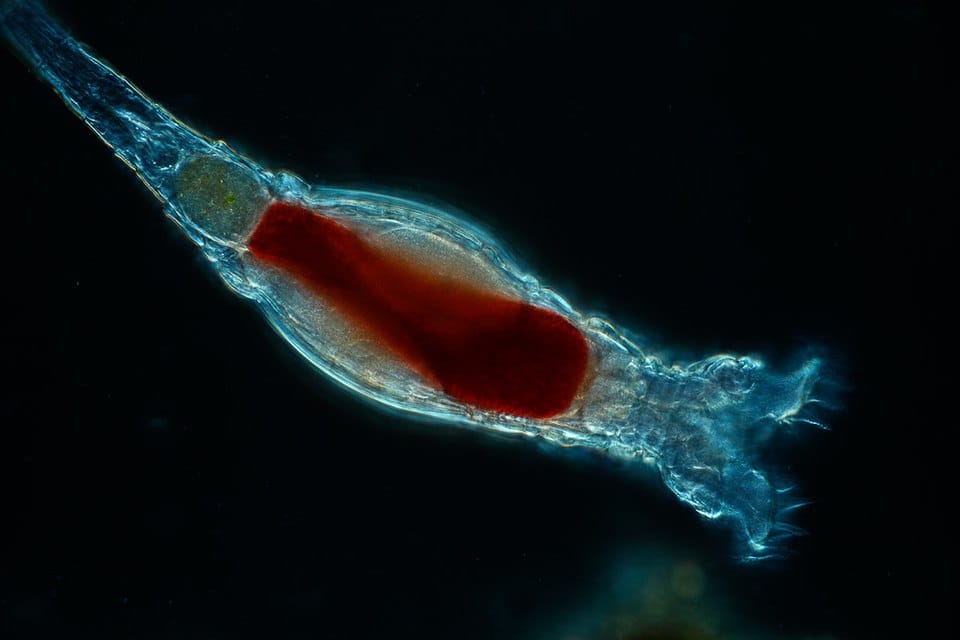For centuries, humans have been known for their ability to express desires, ideas, and goals not just through words, but also through intentional gestures. While we’ve long understood that primates share this ability, a new study uncovers an astonishing discovery: elephants, too, use deliberate gestures to communicate their desires. This finding opens a new chapter in our understanding of animal communication, revealing a deeper layer of sophistication in the way these majestic creatures interact with their world.
Published in Royal Society Open Science, this research marks the first-ever evidence that elephants—often revered for their intelligence—gesture with clear intentionality, especially when in the presence of a visually attentive audience. In other words, elephants don’t just gesture randomly; they do so with a purpose.
A Study of Elephants’ Intentional Gestures
The study, led by Dr. Gregor D. Bader from the University of Tübingen, involved 17 semi-captive African Savannah elephants in Zimbabwe. The researchers sought to test whether these elephants could use gestures in a way that aimed to fulfill specific desires. The experiment setup was simple: the elephants were presented with two trays, one containing six apples (the desired item) and the other empty (the non-desired item).
What followed was a fascinating dance of communication. The researchers observed the elephants’ attempts to signal their intentions, recording their behavior across three different outcomes. In one scenario, the elephants successfully communicated their needs, receiving the full six apples. In another, their desires were not met, and they were given the empty tray. The third scenario involved a partial success, where the elephants were given only one apple instead of the full six.
Clear Goal-Directed Gestures
What was striking about the elephants’ behavior was their ability to use clear goal-directed gestures. The animals only directed their gestures toward an attentive human or the desired object—not toward irrelevant objects. This focus demonstrates a sophisticated understanding of communication, one that goes beyond simple reaction or instinct.
Even more impressive was the elephants’ creativity when their goals were not met. Rather than repeating the same gesture in frustration, they adapted their behavior, trying new gestures to convey their message. This indicates not only intelligence but an ability to adjust tactics based on the outcome of previous attempts.
Intentionality: A Defining Trait of Human Communication
Intentional communication—the idea that gestures and words are used with the goal of influencing others—is a key factor that distinguishes human language from other forms of animal communication. While humans can use language and gestures to accomplish everything from basic requests to complex negotiations, the question has always been: Do other animals communicate with this same level of intent?
This study gives us the answer, at least in the case of elephants. The researchers classify intentionality into three levels of complexity. The simplest form is zero-order intentionality, where reactions are purely in response to stimuli like pain or touch. First-order intentionality refers to goal-directed communication, where the intent is clear—to influence someone’s behavior for a specific outcome. The most complex is second-order intentionality, where the goal is to change someone’s mind or perspective.
In their study, the elephants demonstrated first-order intentionality, clearly using gestures to try to influence the actions of the experimenters. Their gestures weren’t random or instinctive; they were deliberate and aimed at achieving a desired outcome—apples.
A Rich Repertoire of Gestures
The researchers identified an impressive array of 38 distinct gesture types and a total of 313 individual gestures across the 17 elephants. This range of communication methods shows just how complex their social interactions can be. Each gesture was tailored to the situation, demonstrating a level of cognitive sophistication rarely seen outside of primates.
The elephants were also more persistent in their gesturing when their goals were only partially met. For instance, if they received only one apple instead of six, they didn’t give up. Instead, they elaborated on their gestures, adapting and trying again in an effort to reach their goal. This shows not just intelligence but the ability to plan, strategize, and modify behavior based on the responses of others.
Why This Study Matters
This breakthrough study reveals that elephants, known for their social complexity and emotional intelligence, are capable of far more than simple reactions to stimuli. Their ability to use gestures with intent suggests that communication in the animal kingdom is more advanced than we ever realized. And this discovery may only be the beginning.
The researchers behind this study emphasize the need for future research to explore intentionality in other highly social species. What about dolphins, whose communication systems are similarly complex? Or orcas, with their deep familial bonds and intricate vocalizations? This research suggests that the capacity for intentional communication may be more widespread across the animal kingdom than previously thought.
A Window Into the Minds of Elephants
What makes this study so special is that it allows us to look deeper into the cognitive and emotional lives of elephants. These gentle giants have long been revered for their intelligence and emotional depth, and now, we see another layer of their complexity.
As we continue to learn more about the ways elephants and other animals communicate, we may find ourselves questioning the traditional boundaries that separate human and animal communication. Are we, as humans, really so different from the creatures we share this planet with? Or are we all simply trying to communicate our desires, needs, and emotions in the most meaningful way we know how?
For now, we know this much: Elephants, like humans, have the ability to use gestures intentionally to convey their desires, a discovery that brings us one step closer to understanding the rich tapestry of life’s communication on Earth.
Reference: Vesta Eleuteri et al, Investigating intentionality in elephant gestural communication, Royal Society Open Science (2025). DOI: 10.1098/rsos.242203






